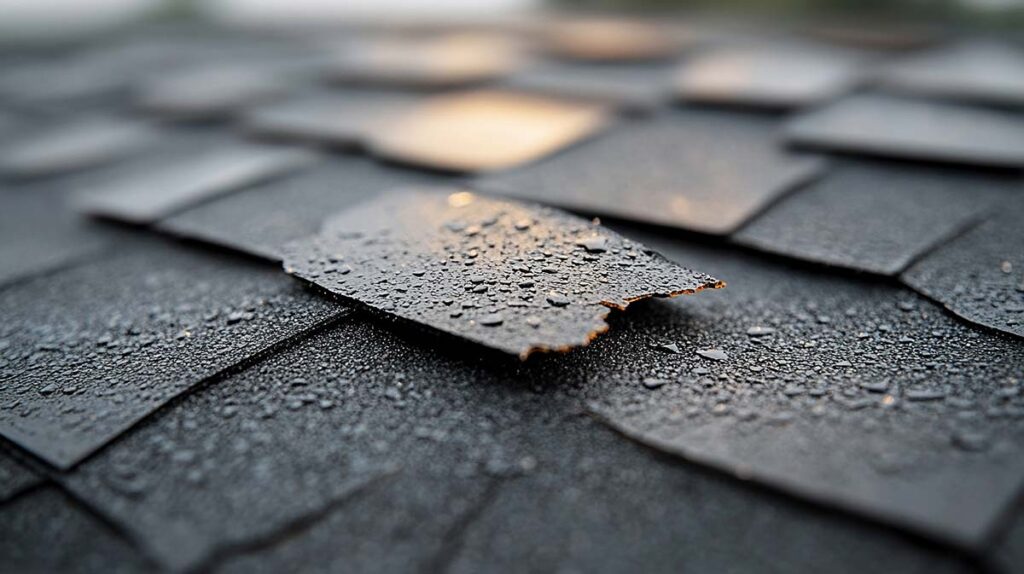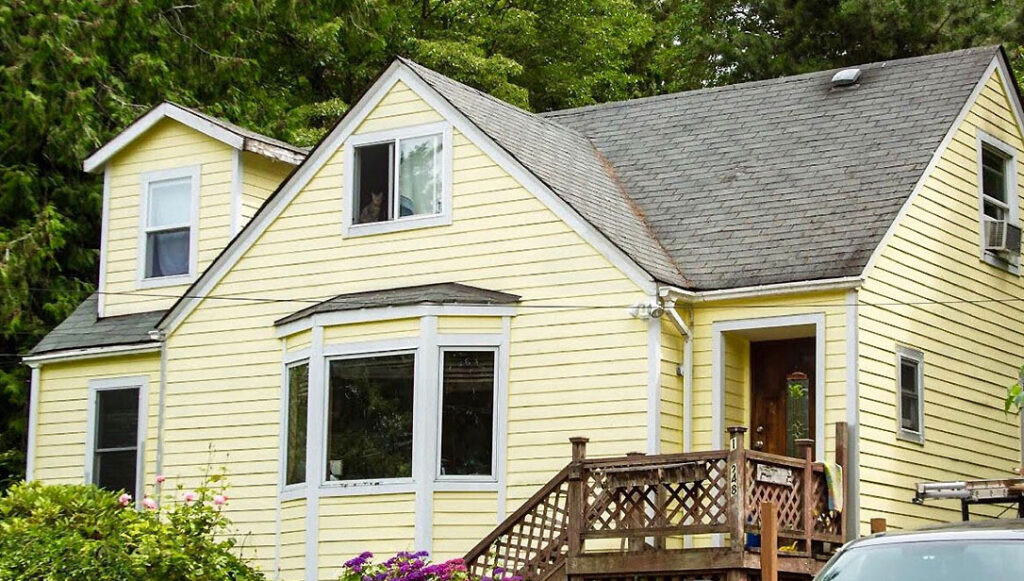Winter is finally giving way to sunshine. While you’re at it with the spring cleaning, it is wise to give time to check your roofing. Your roof’s been battling snow, ice, and wind for months. That means it is time to check it and look for possible problems. Spring is the perfect time to look for any hidden damage that the winter left behind, and get things fixed before the summer heat rolls in.



